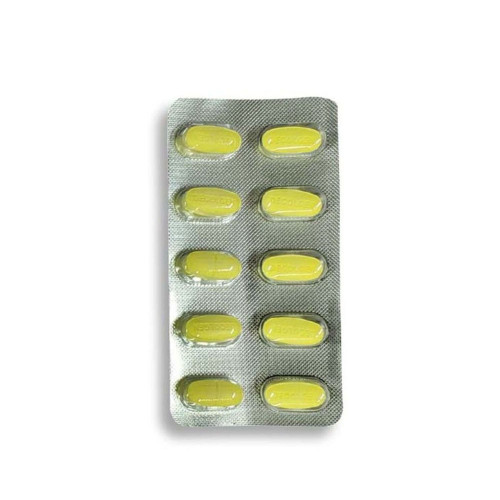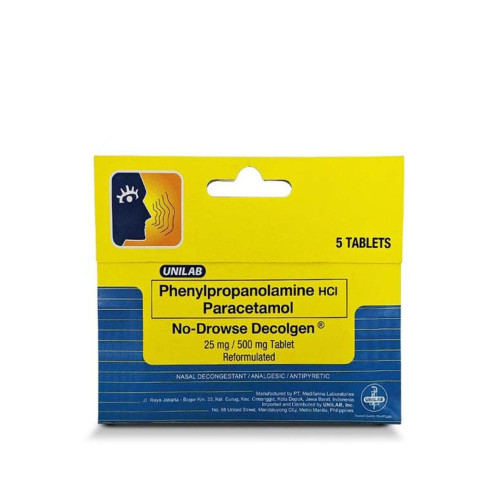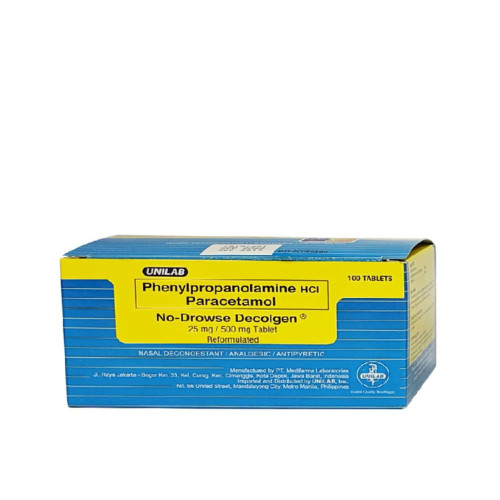
What's the Difference Between Sinusitis and a Cold?
Constant sneezing, clogged nose, and drowsiness aren’t good signs on any given day, especially when you’re dealing with tasks and appointments. While your first instinct may be to consider them as symptoms of a common cold, this may not be the catch all the time. In fact, they may even be signs of a sinus infection, often known as sinusitis.
A lot of people confuse sinusitis with a common cold, mainly because these conditions show similar symptoms. Make sure you’re armed with the basic info on how to correctly spot the differences between sinusitis and a cold, and how you can alleviate these conditions before they worsen.
What’s the Difference Between a Cold and a Sinus Infection?
There are multiple differences between a cold and sinusitis:
| Factor Involved | Common Cold | Sinusitis |
|---|---|---|
| Cause of ailment | Rhinoviruses, coronaviruses, RSV, and parainfluenza that enters the body through the eyes, mouth, and nose | Bacterial or viral infections that trigger inflammation between your sinuses and nasal passages |
| Duration of symptoms | Three to five days without symptoms 10 to 14 days after initial onset in most cases) | Two or more weeks |
References:
- DerSarkissian, C. (2021, May 5). What’s Causing My Cold? WebMD. Retrieved October 18, 2021
- Higuera, V. (2019, November 26). What You Need to Know About Sinusitis. Healthline. Retrieved October 18, 2021
- Watson, S. (2018, May 17). How do I know if I have a cold or sinusitis? Medical News Today. Retrieved October 18, 2021
- Shital, K. (2020, July 19). What Is Sinusitis? WebMD. Retrieved October 18, 2021
In fact, there are three known types of sinusitis, characterized by how long the symptoms appear and if they develop alongside other conditions:
- Acute sinusitis: It lasts between one and two weeks, if triggered by a viral infection, or up to four weeks, if caused by a bacterial infection.
- Subacute sinusitis: This type of sinusitis happens alongside bacterial infections or seasonal allergies, with symptoms occurring for up to three months.
- Chronic sinusitis: While symptoms of this condition are said to be less severe, they can show up for more than three months. Most cases of chronic sinusitis can be linked to bacterial infections and happen together with allergies or problems with your nose’s structure.
Another way to differentiate a cold from sinusitis would be nasal discharge. While people with either condition experience them, the color varies. If someone is dealing with large amounts of constant yellow or green nasal discharge, it’s possible that it’s sinusitis. However, if clear nasal discharge appears, it’s most likely a cold. In some cases though, people with a cold may notice green or yellow nasal discharge if their condition worsens.
More importantly, take note that the timeframes mentioned in the table above can be shortened or extended, depending on your condition. It can be difficult to predict which cases of a cold or sinusitis can last for a week or more.
This is why you should take the necessary treatments right away once symptoms are visible. However, if they don’t subside after a week or two, or more severe symptoms like high-grade fever and headaches appear, seek medical attention from a doctor immediately.
Why Do You Get Sinusitis or a Cold?
Sinusitis begins when bacteria or allergens trigger increased mucus production and eventual blocking of your sinuses’ openings. The sinuses, which are considered air pockets, are found behind your forehead, nose, cheekbones, and in between your eyes. They’re responsible for producing mucus that protects your body from dust, allergens, and pollutants.
When this mucus becomes too thick, this can become a breeding ground for bacteria and germs, and may possibly cause a bacterial or viral infection. People with sinusitis usually experience:
|
|
On the other hand, a cold occurs when you inhale droplets in the air containing traces of the rhinovirus, or by handling contaminated objects and then touching your mouth, eyes, or nose afterward. People who deal with a cold or sinusitis usually experience these symptoms:
|
|
However, take note that a common cold can develop into sinusitis — hence, the common symptoms between the two. The predominant symptom that may distinguish sinusitis from a common cold is frontal headache or facial pain.
How Can You Relieve Sinusitis or a Cold?
There are numerous treatment options for people with sinusitis or a cold. In some instances, doctors may recommend any of these treatments:
- Pain relievers to address headaches caused by either condition
- Cough medicine in case a cold already triggers a cough
- Antibiotics for people with sinusitis caused by bacterial infection
However, if you’re looking for an effective cold or sinusitis remedy, decongestants are your ideal choice. They’re available in the form of nasal saline rinses, or over-the-counter medicines. As its name suggests, they aim to alleviate congestion or blockage in the affected area.
When the first symptoms of sinusitis or a cold strike, don’t wait for them to affect your daily routine! Take Phenylpropanolamine HCl Chlorphenamine Maleate Paracetamol (Decolgen® Forte) to relieve sinusitis symptoms. It contains 25 mg of Phenylpropanolamine HCl that can help decongest blocked nasal passages and sinus openings, 2 mg of Chlorphenamine Maleate that assists in relieving a runny nose, and 500 mg of Paracetamol that may provide relief against headaches and fever.
For sinusitis relief without feeling sleepy, consider Phenylpropanolamine HCl Paracetamol (No-Drowse Decolgen®). It helps address clogged nose and sinus passageways, runny nose, headaches, body aches, postnasal drip, and fever associated with the common cold, sinusitis, flu, and other minor respiratory tract infections.
Learn more about Phenylpropanolamine HCl Chlorphenamine Maleate Paracetamol (Decolgen® Forte) and Phenylpropanolamine HCl Paracetamol (No-Drowse Decolgen®) and how they can alleviate clogged nose and other sinusitis symptoms today!
You can also consult your doctor for guidance on how to properly take medications like these. Phenylpropanolamine HCl Chlorphenamine Maleate Paracetamol (Decolgen® Forte) and Phenylpropanolamine HCl Paracetamol (No-Drowse Decolgen®) are available in all leading drugstores nationwide.
If symptoms persist, consult your doctor.
ASC REF CODE U205P102821DS




